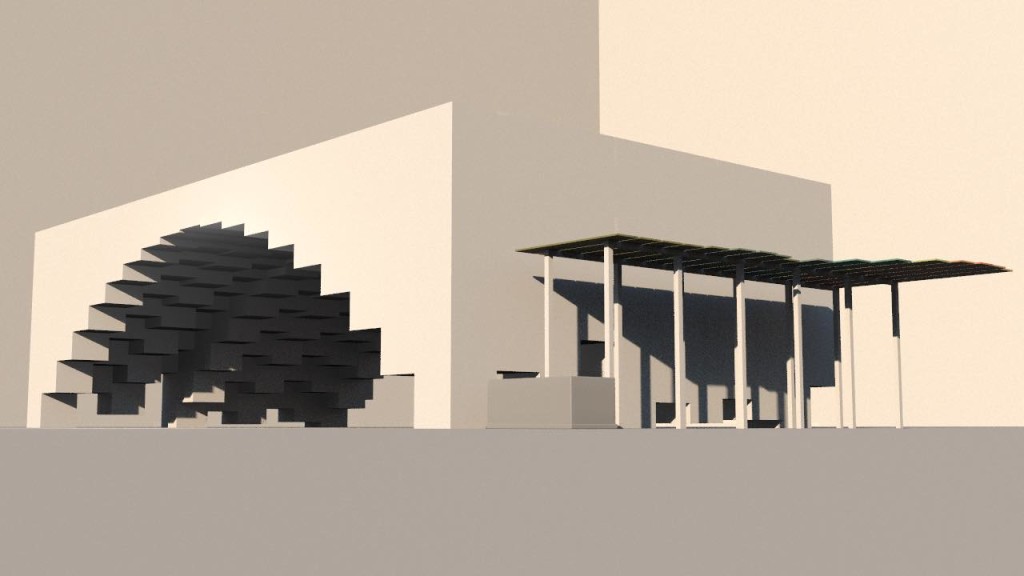It’s powered by math but doesn’t require you to remember your, uh, linear algebra. It’s not a set of presets, but it’s accessible to newcomers and experts alike. MOPs is a free entryway to treating motion like an expressive instrument, and it radically changes the experience of using Houdini for the first time.
Houdini – think incredible generative live visual eye candy, another modular motion world to go with sound. (See context below from our past coverage.) And MOPs? It’s got the perfect slogan: “The less scary part of Houdini since 2018.”
On the music side, it’d be pretty absurd if we had to think about coding or patching delay lines by hand before getting to work. But as powerful as tools like Houdini are, a lot of advanced users did have to already build up some basic tools before getting to work. I suspect that the flipside is true, too – there’s a preset look to a lot of stuff we see partly because it’s hard to find the essentials that would allow you to create your own, expressive style.
So something like MOPs for Houdini is a welcome change. It’s a set of node networks for animating things more easily, with “intuitive controls for duplicating, rotating, bouncing, aiming” and other effects. And I think that’s part of the shared future of creative sound and visuals – give stuff something you can easily tweak, so your brain can realize stuff faster because then it’s your brainpower at work on the result.
It’s all free and open-source (really, under the LGPL) – meaning artists could also build more on this and share with one another. That’s a great gateway into SideFX Houdini, which itself is available for free for non-commercial use. (Indie licenses are pretty low-cost, too.)
VFX artist and MOPs developer Henry Foster has done an incredible job with this work. CDM contributor-at-large Ted Pallas says he credits a lot of his development in Houdini to MOPs and its magical physics powers. He tells us:

MOPS was a big part of my early Houdini journey. Houdini requires a lot of implementation – MOPs can handle a lot of that implementation for you if you are looking to do motion graphics-style data processing. I think it’s important to note – @mops_falloff is an attribute like any other, so every single falloff generator is also capable of helping modify whole meshes. MOPs+ is also an important part of our toolkit – the type node is great, with bounding box-based layout options, and having MOPs work easily/elegantly with Houdini’s own internal tools is also great.
For artists wanting to get further into visuals (music folks going audiovisual included), that’s all terrific. This pairs well with other node-based tools like TouchDesigner or even engines like Unreal, as well, in workflow.
And then if it does work as a gateway, you can get an indie license for still more useful MOPs for commercial use at US$100 a year. So you get the picture – start free, learn free, share tools, get gigs, spend a little more money on commercial stuff and support efforts like MOPs, and then get better-paid gigs.
MOPs:
https://www.motionoperators.com/info/mops/
MOPs+ – get those gigs:
https://www.motionoperators.com/info/mopsplus/
Previously: we talked about how TouchDesigner and Houdini can go together – and not just because they share a lineage, though that, too:
Plus we’ve covered Houdini getting more free:
Product details:
https://www.sidefx.com/products/houdini/
Create Digital Motion, for all time, always.